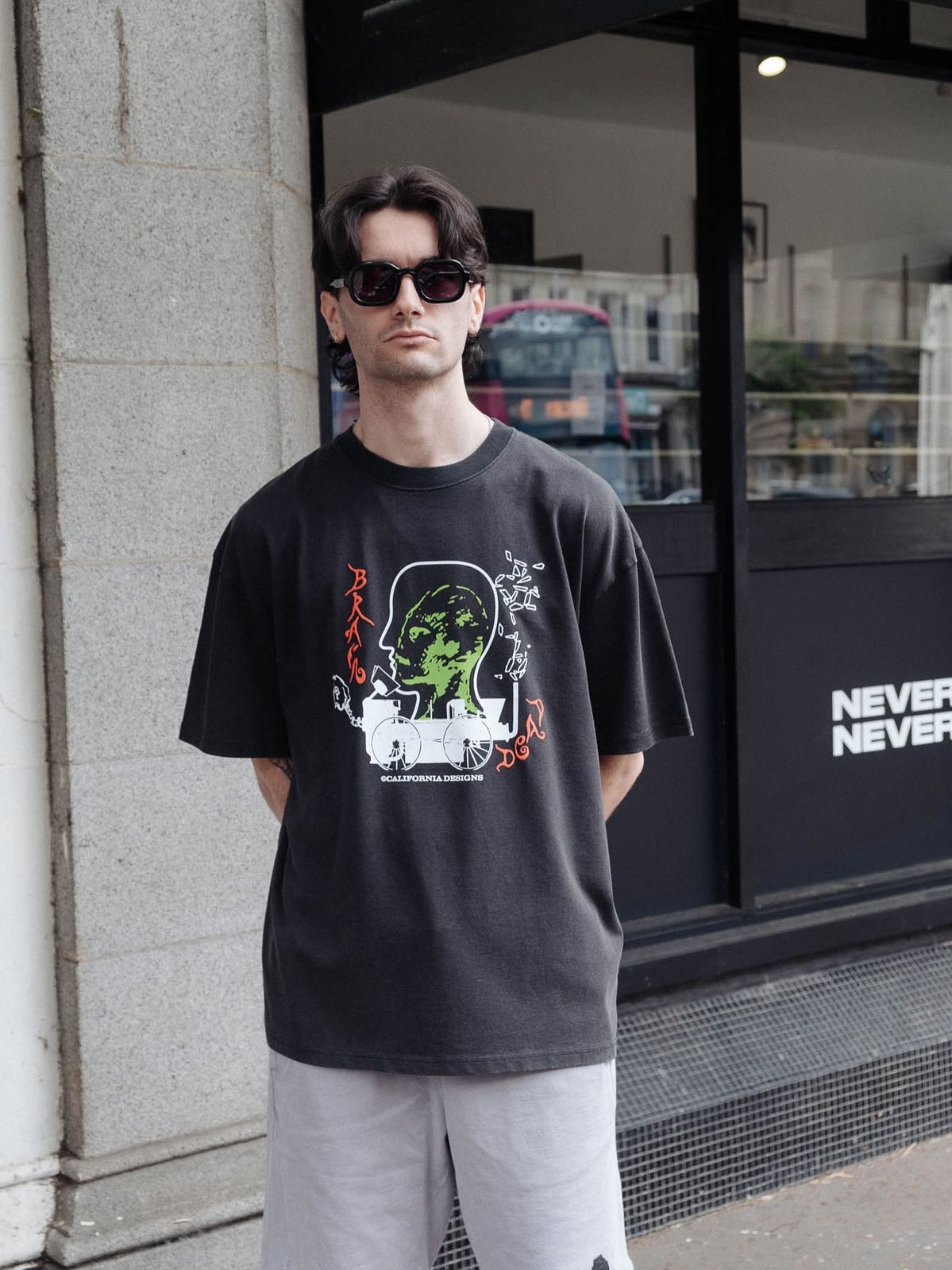
Clothing the Future: A New Era of Innovation and Identity
Introduction
Fashion has always been a mirror reflecting society’s evolution. From ancient garments crafted with primitive tools to today’s intricately engineered fabrics, clothing has traveled a remarkable journey. The modern world stands at the threshold of an extraordinary transformation, where apparel is no longer merely functional but a dynamic intersection of creativity, identity, and groundbreaking innovation. This new era challenges traditional perceptions and reshapes the way we think about what we wear, blending artistry with technology and infusing garments with deeper meaning.
The Digital Revolution in Fashion Design
The rise of digital tools has revolutionized the creative process. Designers now employ 3D modeling software to visualize clothing before a single thread is woven, drastically reducing waste and accelerating production timelines. Virtual showrooms allow customers to experience collections from anywhere in the world, making fashion more accessible than ever. Digital platforms also foster collaborations between global artists, enabling styles to merge across cultures and giving rise to new hybrid aesthetics that transcend geographical boundaries.
Advancements in Fabric Technology
Fabric development has moved far beyond the limitations of natural fibers. Laboratory-grown materials offer sustainability without compromising quality. Smart textiles can change color with temperature shifts, adapt to humidity, or even purify the air around the wearer. These fabrics are not only functional but also open limitless design possibilities, encouraging garments that are interactive and responsive to their environment. Such advancements are redefining how designers approach the concept of “wearability” itself.
Sustainability and Ethical Responsibility
Modern consumers are increasingly conscious of the environmental and ethical implications of their purchases. This awareness is driving brands to adopt sustainable practices, from sourcing recycled fibers to implementing circular fashion models where clothing is designed to be reused, repaired, or recycled. Ethical manufacturing processes that ensure fair wages and safe working conditions are becoming essential, as transparency in supply chains becomes a core expectation. Sustainable fashion is no longer a niche—it is fast becoming the standard by which brands are judged.
Cultural Identity and Global Influence
Clothing has always been intertwined with cultural heritage, serving as a powerful expression of identity. In the present era, global connectivity enables individuals to draw inspiration from diverse traditions while also celebrating their roots. Fashion acts as a language through which personal and collective histories are told. Designers are increasingly blending traditional craftsmanship with modern silhouettes, creating pieces that honor heritage while embracing contemporary sensibilities. This cultural exchange enriches the fashion landscape, fostering appreciation rather than appropriation.
Wearable Technology and the Future of Clothing
Wearable tech has evolved from simple fitness trackers to garments capable of sophisticated functions. Jackets with built-in climate control, shirts that monitor heart health, and dresses that react to environmental stimuli are no longer futuristic concepts—they are current realities. As microelectronics become more flexible and lightweight, their integration into clothing will continue to grow. The future points toward apparel that not only enhances appearance but also actively improves quality of life.
The Rise of Personalized Fashion
Personalization has emerged as a defining feature of contemporary style. Consumers now expect clothing to reflect their individuality, from custom-fitted garments produced through body-scanning technology to on-demand prints that tell personal stories. Digital fashion, where outfits exist solely in virtual spaces such as social media or the metaverse, is also gaining momentum. This evolution places greater creative power in the hands of the wearer, ensuring that fashion becomes a truly personal experience.
Conclusion
The future of fashion is a vibrant blend of innovation, identity, and global connectivity. Technological advancements are pushing the boundaries of design, while cultural awareness is enriching the storytelling potential of clothing. Sustainability is no longer optional—it is an integral part of responsible creation. As personalization becomes the norm, fashion will evolve into an even more intimate reflection of who we are, both as individuals and as a collective society. This new era challenges us to see garments not simply as items we wear, but as living expressions of our values, our heritage, and our vision for the future.
